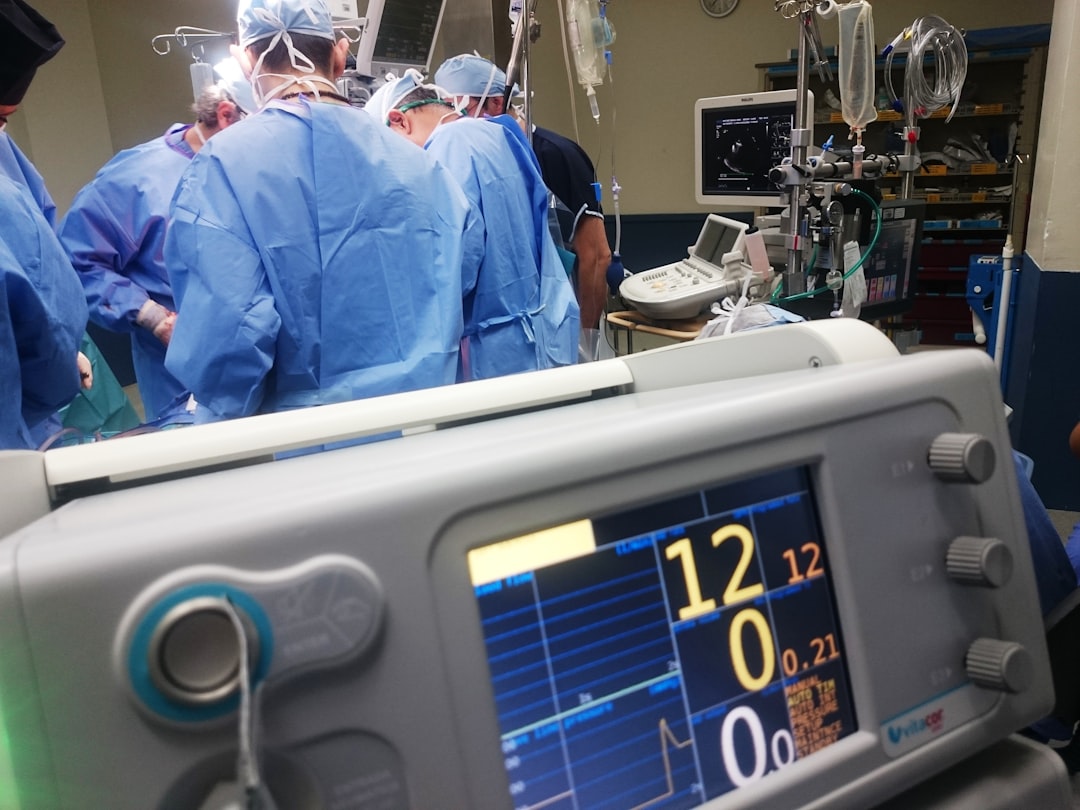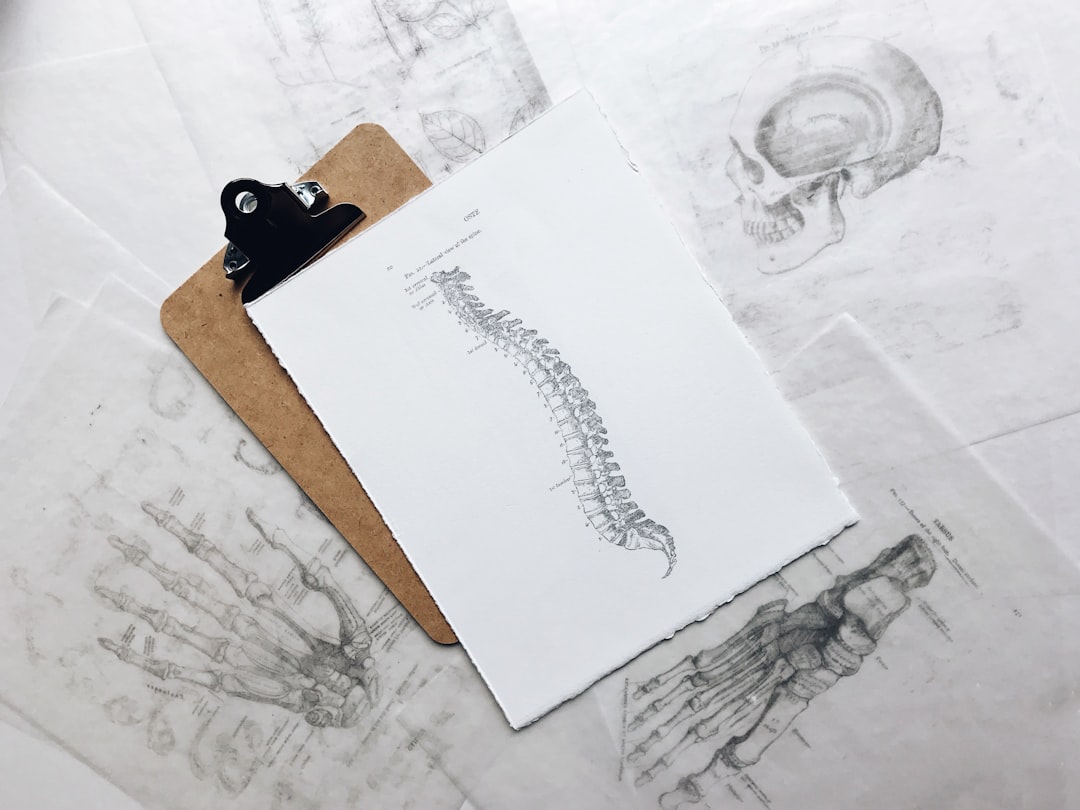What is it about?
Haemophilia A (HA) has well known phenotype heterogeneity, influenced by the type of mutation, modulating factors and development of inhibitors. With the main objective of identifying familial carrier women and to offer prenatal diagnosis, 141 HA patients belonging to 103 families, were studied. New missense and splicing mutations were further analyzed using molecular modelling. Genotype/phenotype correlation was assessed taking into account the known modulating factors.
Featured Image
Why is it important?
The adopted strategy allowed the identification of 99% of the molecular alterations underlying the HA phenotype (98% detection rate for severe and 100% for moderate and mild). Evaluation of genotype–phenotype correlation was complemented with structural protein modelling of newly identified missense mutations, contributing to better understanding of the disease-causing mechanisms and to deepening knowledge on protein structure-function.
Perspectives
In this study we successfully performed the molecular characterization of 99% of the unrelated HA families. This allowed performing adequate counselling for patients and relatives, carrier studies and prenatal diagnosis.
Dr Teresa Fidalgo
Read the Original
This page is a summary of: Molecular diagnosis of haemophilia A at Centro Hospitalar de Coimbra in Portugal: study of 103 families - 15 new mutations, Haemophilia, June 2011, Wiley,
DOI: 10.1111/j.1365-2516.2011.02570.x.
You can read the full text:
Contributors
The following have contributed to this page










